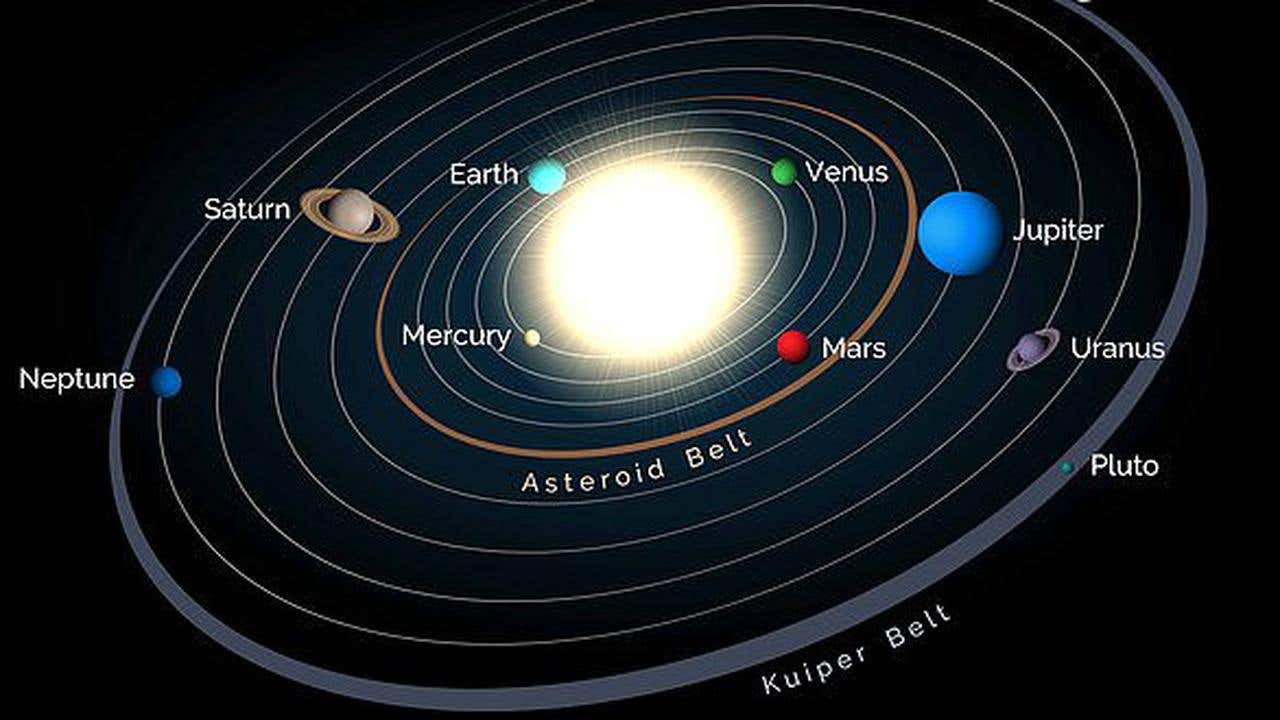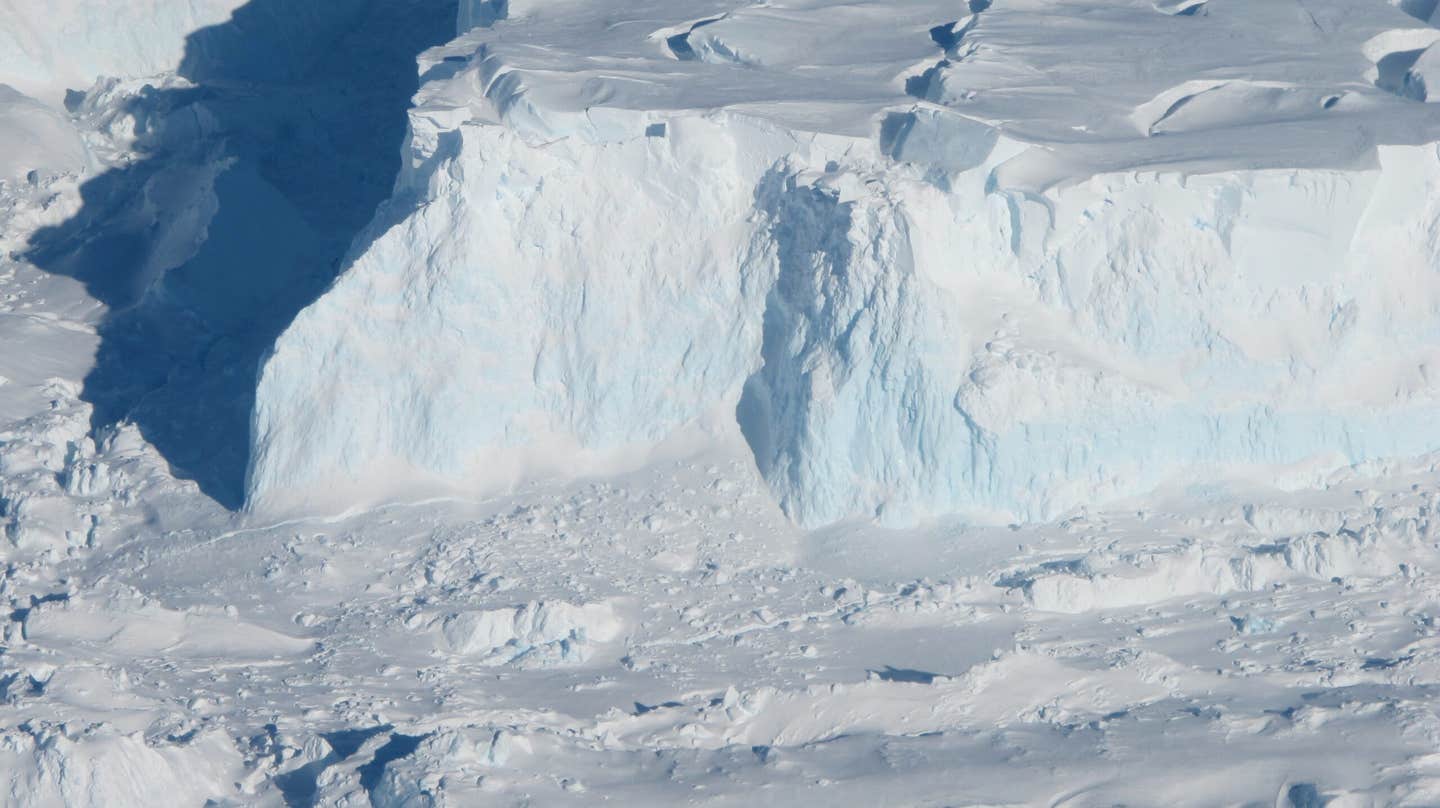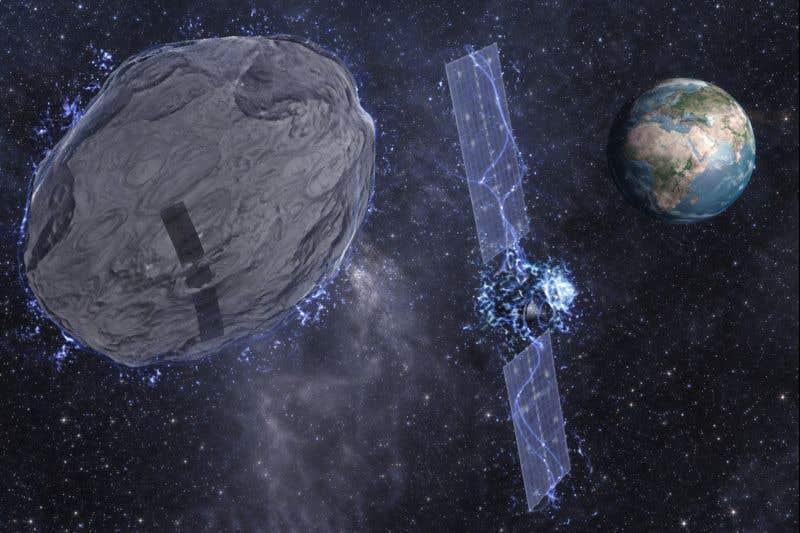Simulations suggest an Earth or Mars size planet may be lurking out beyond Neptune
A team of space scientists has published a paper suggesting that there may be an Earth- or Mars-sized planet orbiting beyond Neptune.

[October 5, 2021: Bob Yirka]
A team of space scientists has published a paper in Annual Review of Astronomy and Astrophysics suggesting that there may be an Earth- or Mars-sized planet orbiting beyond Neptune. They further suggest that simulations of the creation of the solar system show that such a planet may have been pushed from the outer regions of the solar system by the gas giants.
As scientists continue to study the solar system, they are still trying to understand not only how the planets came to exist but why they occupy their current orbits. In this new effort, the authors note that simulations of the evolution of the solar system are not yet able to explain the current configuration due to missing information. And they suspect that the missing information involves a planet that once circled the sun in the outer solar system (where the gas giants, Jupiter, Saturn, Uranus and Neptune reside) but now exists out beyond the edges of the solar system or even in deep space.
The authors note that there is something odd about the current configuration of the planets, which has four inner rocky planets, an asteroid belt and then four gas giants in the outer solar system. Past the giants are dwarf planets and other objects such as comets. The researchers believe something is missing. They contend that it is unlikely that the natural evolution of our solar system would have four gas giants and then nothing but dwarfs. Logic suggests there should be some planets of other sizes, and their simulations back them up.
Adding another Earth- or Mars-sized planet to the outer solar system, perhaps between two of the gas giants, produces a more accurate model—at least during the early stages of development. Eventually, such a planet would have been pushed farther out into space, either joining the dwarfs, or was driven all the way out into interstellar space, where it would travel alone.
They conclude that if such a planet does exist at the outer edges of the solar system, new telescopes under construction may be able to spot it and thus confirm their theory.
For more science stories check out our New Discoveries section at The Brighter Side of News.
Like these kind of feel good stories? Get the Brighter Side of News' newsletter.
Tags: #New_Discoveries, #Planet, #Solar_System, #Neptune, #Science, #Research, #The_Brighter_Side_of_News



